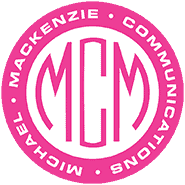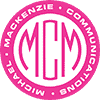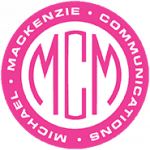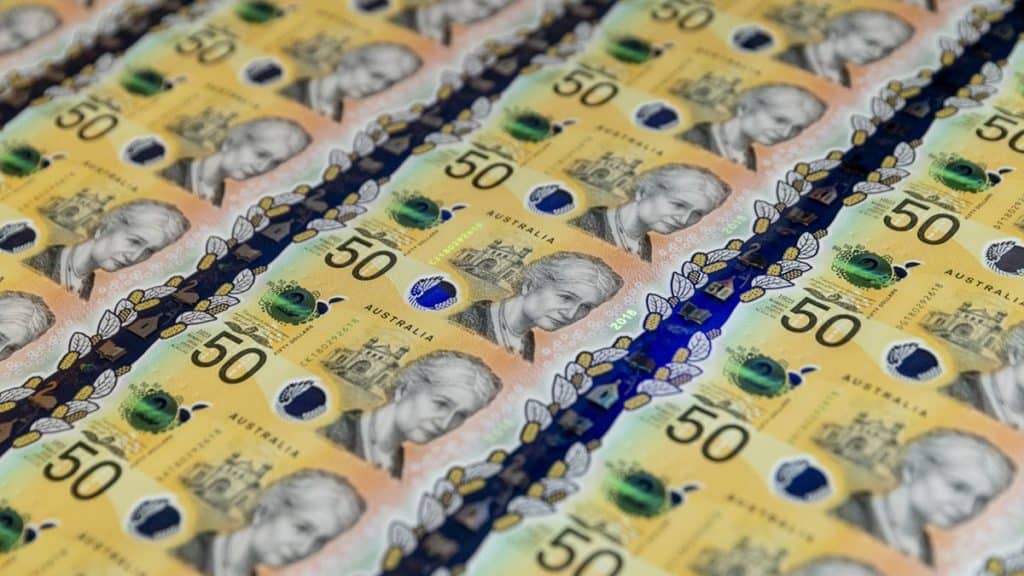Few people appreciate the value of proofreading enough to routinely have someone else read their work. And in the workplace, even fewer will pay for the services of a professional proofreader. In an era where spellcheck is available with the click of a button and applications routinely highlight errors in progress for users so they don’t even have to ask, many folks assume their work is perfect and error free.
Perfection is a high bar and error free is rarely accomplished. I proofread out of habit and make my family members nuts as I’m nearly always able to find an error in the menu of every restaurant we visit. When you take into consideration the cost of printing, laminating, shipping, etc., those menu errors add up.
Then there are bigger errors. Recently I came across a typo in the engraved sign listing vendors at a prominent upscale shopping center. How did this get past so many reviewers? And would your $40/foot upscale tenant be happy if they knew you’d misspelled their firm name not on the contract but in 6-inch type on the directional near parking? I think not.
So amateur and professional proofreaders alike are giddy over the announcement this week of a typo on 46 million freshly minted $50 bills in Australia. Apparently, it was no one’s RESPONSIBILTY [sic] to proofread the plates before they went to press.
That’s why we require proofreading of every document, by a second set of eyes, before it goes online or out to the printer because as much as our clients grumble about paying for proofing, it is not nearly as audible as the noise they make about errors that go public.



